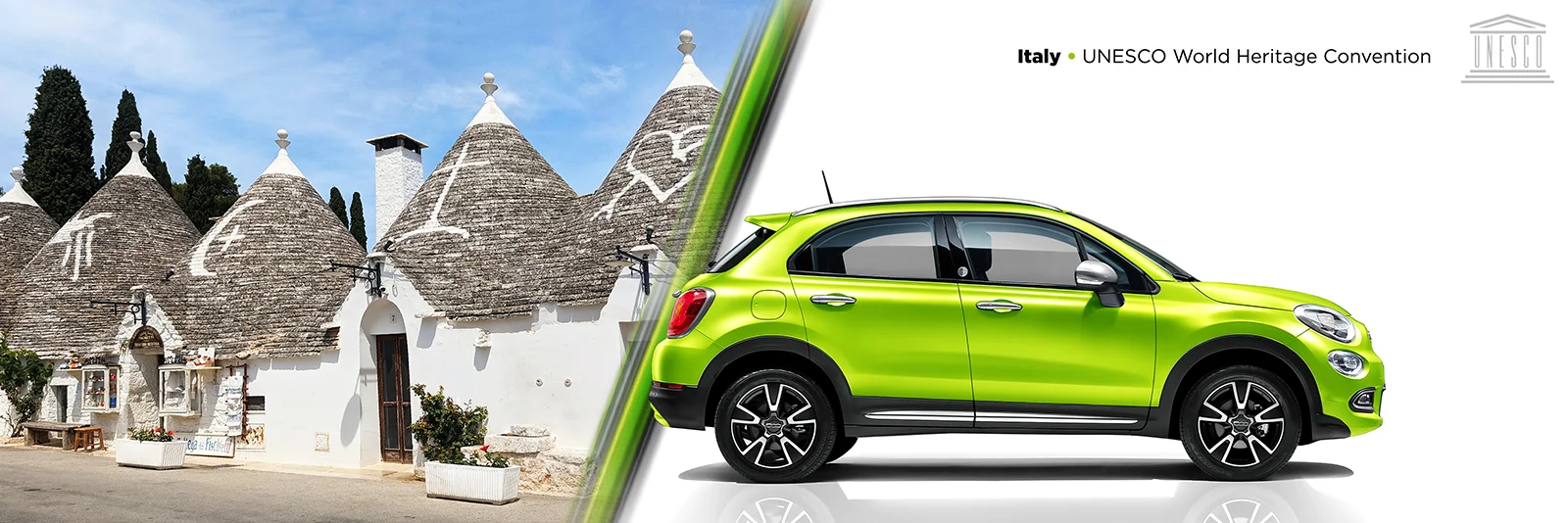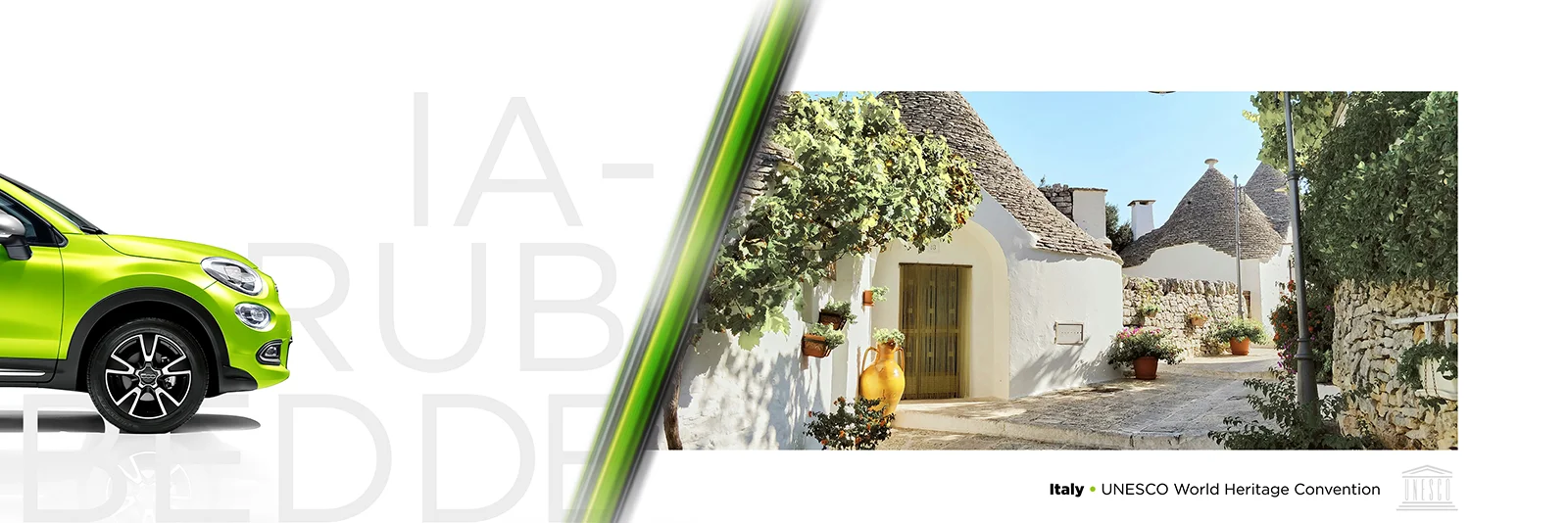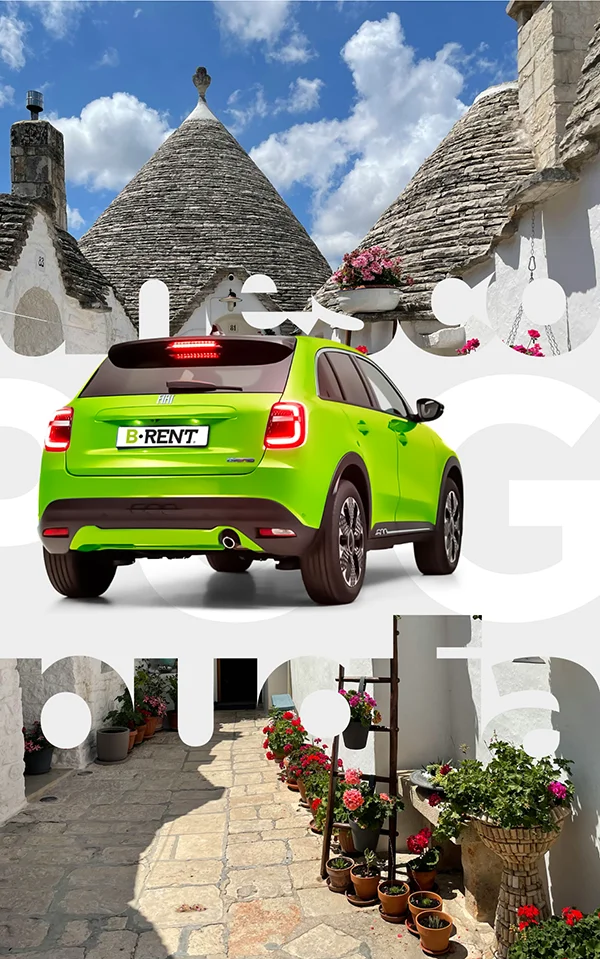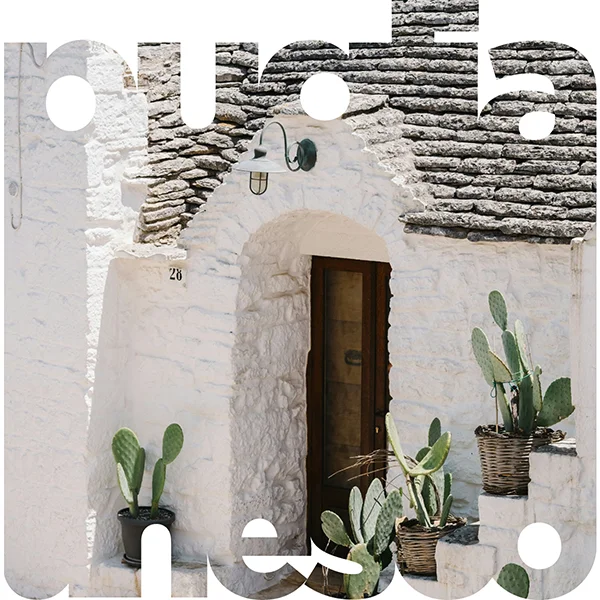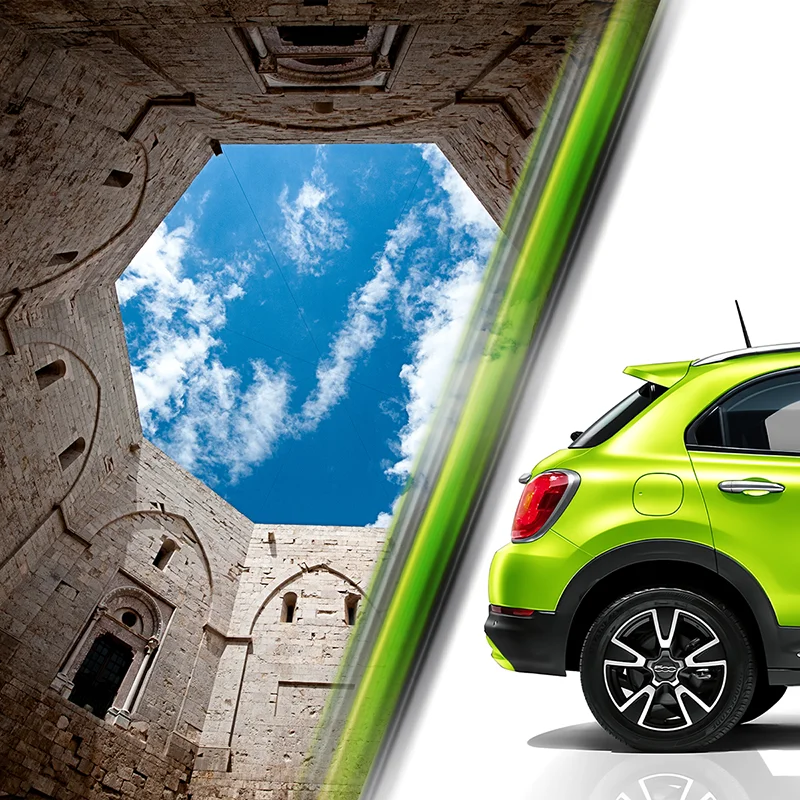HERE IS A SELECTION OF THE MOST FREQUENTLY ASKED QUESTIONS FROM USERS INTERESTED IN THE TOPIC OF THE TRULLI OF ALBEROBELLO
What is the interior of a trullo like?
The interiors of a trullo are characterized by a compact and cozy space, with thick stone walls that help maintain a stable indoor temperature both in summer and winter. The domed ceiling, often conical in shape, creates a distinctive and atmospheric feel. The rooms, typically small, are often connected by stone arches and feature niches and alcoves that can be used for storage or as small altars. The furnishings are usually simple, with wooden furniture, and the space is arranged functionally to make the most of the available area. The interior environment of a *trullo* reflects the tradition and authenticity of rural Apulian architecture, offering an intimate and evocative living experience.
What are the stones of the trulli called?
The stones used to build the trulli are called chiancarelle. These chiancarelle are thin slabs of local limestone, cut into a fine shape and used to form the characteristic conical roof of the trulli. These stones are laid dry, without the use of mortar, and are arranged in overlapping layers to ensure the roof's stability and waterproofing. Their arrangement allows rainwater to flow off easily, keeping the interior of the trullo dry.
How were the trulli built?
The trulli were built using a traditional technique based on the use of local stones and dry-stone architecture. Construction began with the selection of a site on the typical limestone terrain of Puglia, where the ground was leveled to create a stable base, usually circular or square in shape, made of large stones called chianche. The walls were erected using stones of varying sizes, arranged without mortar, in a process known as muro a secco (dry-stone wall), ensuring a solid and insulating structure. The characteristic conical roof, made with flat stones called chiancarelle, was constructed by layering stones progressively closer together toward the top. At the apex of the dome, a decorative stone called a pinnacolo was placed, often with symbolic significance. Openings for doors and windows were minimal, with stone or wooden lintels, to keep the structure solid and well insulated. The interior, simple and functional, featured niches and alcoves used for storage or as small domestic altars. The construction of the *trulli* reflects a perfect adaptation to the environment and local resources, making these buildings an example of vernacular Puglian architecture.
What to eat in Alberobello?
In Alberobello, the cuisine is a true reflection of Puglian tradition, characterized by fresh ingredients and authentic flavors. Among the typical dishes, you can enjoy orecchiette, a fresh pasta often served with turnip greens or a meat ragù. Another local specialty is focaccia barese, a soft focaccia topped with tomatoes, olives, and oregano. Panzerotti, fried calzones filled with mozzarella and tomato, are another must-try delicacy. Bombette, meat rolls stuffed with cheese and pancetta, are a typical dish of the Itria Valley, often grilled over an open flame. Among the desserts, the pasticciotto, a pastry shell filled with custard, is a highlight. Finally, the meal can be complemented by local wines, such as Primitivo di Manduria or Nero di Troia, which enhance the flavors of Alberobello's traditional cuisine.
Why are trulli cone-shaped?
Trulli have their characteristic conical shape for several reasons related to construction traditions and practical needs. The conical roof, made of flat stones called chiancarelle, allows for an even distribution of weight, ensuring the stability of the structure without the use of mortar. This dry-stone construction method was useful in the past because trulli could be quickly dismantled during tax inspections, as they were considered temporary buildings. Additionally, the conical roof facilitates the runoff of rainwater, preventing infiltration. The shape also aids in effective natural ventilation, keeping the interior cool in summer and warm in winter, thanks to the insulation provided by the thick walls and stone roof.
Why is it called a trullo?
The term trullo derives from the Late Latin turris, meaning tower, and the Greek tholos, which refers to a structure with a vaulted roof. These words highlight the typical shape of a trullo, resembling a small tower with its conical roof. Over time, the term evolved to specifically identify these unique dry-stone rural buildings typical of the Puglia region, especially in the area of Valle d'Itria and Alberobello. The name thus reflects both the architectural appearance of the trullo and its historical function as a simple yet stable rural dwelling.
What do the symbols on the trulli mean?
The symbols painted on the roofs of trulli often hold symbolic, religious, or esoteric meanings, rooted in ancient traditions. These marks, made with white lime, could represent protection against the evil eye, fertility symbols, or serve as signs of good fortune for the families who lived there. Among the most common symbols are crosses, pierced hearts, stars, zodiac signs, and sacred figures such as the sun or the moon. Some trulli display Christian symbols, such as the cross or the Christogram, reflecting the Catholic faith of the local population. Other symbols may have pagan or esoteric origins, linked to ancient beliefs or pre-Christian cults. In summary, these symbols were meant to protect the home and its inhabitants, while also expressing religious devotion and ties to ancient folk traditions.

